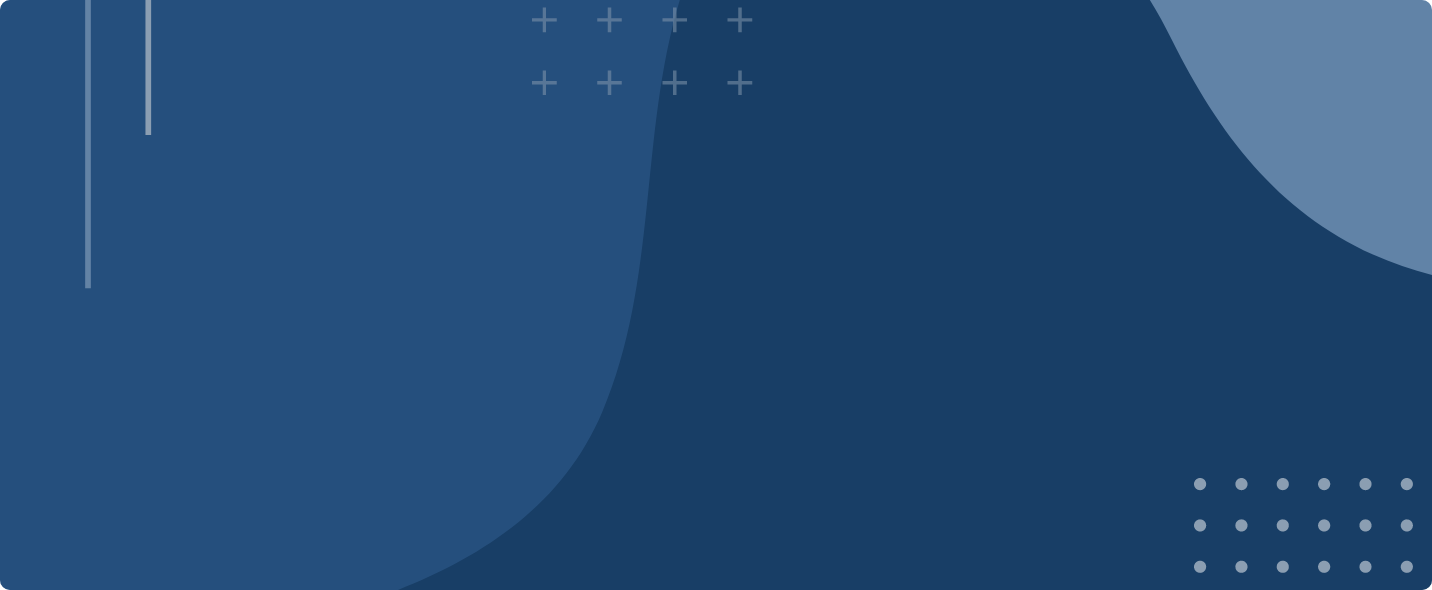Oct 11, 2023
Wondering How to Simplify Your Diligence Research?
Research

Your diligence project may be complex and the issues complicated but you can simplify the process with these strategies.
The Beginning
Have you ever started a diligence project and thought to yourself,
This is really complicated!
What a mess …
Where do I start ?
If you have, I sympathize because I have been there. I have had that initial feeling of overwhelm and confusion. Sometimes the project started with hundreds of pages of background material and other times it was a quick meeting with a few sentences exchanged. I once ended up with a massive diligence project because I was the only person in the office the day after a major holiday. I answered a phone call that led to a complicated, multiyear global project, so much for volunteering to cover the office!
Needless to say, over time I have developed strategies to help sort out the complexities of diligence projects and overcome the overwhelm. Today I am sharing them with you.
Ideas To Make Your Diligence Research Easier
Identify the Diligence Target and the Diligence Goal to Start

I find it useful to start diligence by constructing a series of sentences that identify a subject matter target and a reason for undertaking the diligence. For example,
I need to understand the structure of ABC company
I want to identify all corporate boards that include Mr. XYZ
I must calculate a value for all of ABC company’s real estate
In these examples ABC Company and Mr XYZ are the target or subjects of the diligence.
Usually your targets fall into one of 5 categories which are:
Person – an individual or an entity of some type
Place – a location, it could be as large as a country or as small as an apartment
Thing – this category is endless
Animal – not a person but not a thing
Idea – traditionally this is a thing, but I break it out and define it to mean, thoughts, philosophies, ideology, doctrine
There may be multiple targets in a complicated diligence project. For example, the acquisition of a business may involve diligence relating to multiple people, both individuals and entities, products, infrastructure, legal matters, mission, ethics and places.
The next step is to associate the target with the goal of the the diligence. Start with a general checklist of goals. For example you may perform diligence to:
- Verify existing information
- Supplement what you have
- Learn something new
- Prove something false
- Gain a competitive advantage
- Comply with a legal requirement
- Avoid being caught up in an unethical or criminal behavior
- Support your mission
- Clarify
- Assess risk
Choose the appropriate goal and take the final step. Combine the target with the goal to formulate an action statement. Here are some examples using ABC company as the target and different diligence goals,
I need to verify that ABC company is incorporated in Bermuda
I need a certificate as additional proof of ABC company’s incorporation in Bermuda
I need to learn where ABC company is incorporated
I need to prove that ABC company is not incorporated in Bermuda
I need assess the risk of ABC company’s incorporation in Bermuda
I need to know where ABC company is incorporated to choose an equal or more advantageous incorporation location
I need proof of ABC company’s incorporation to comply with anti-money laundering regulations
You now have starting points.
Break It Down and Batch It

It’s natural to think of diligence as one big project with different types of research. This may be the way it was assigned to you.
But for purposes of simplifying and completing the diligence research, consider breaking the original project into a series of smaller diligence projects and then performing the diligence by segments. The advantages to doing it this way are:
There are some obvious ways to divide and batch or group the diligence research. Some suggestions would be:
- Types – Do you need to research a person, place or thing or combinations of these? Consider grouping by type, such as researching the people in one batch and places in another batch. This may allow you to use a single source, like a database, in one sitting.
- Geography – if you are looking at multiple countries or states you may want to do all the geographic based research for individuals and companies in a group.
- Issue – perhaps your assignment has a series of issues that have to be considered. The issues could be financial, societal, legal, or specific to your organization’s situation. Can you group the like issues together, such as compliance with consumer laws? Then you do the research based on that issue topic.
- Time – do you need to consider multiple time frames, such as current, recent history, archival, If so, try grouping the time frames together. This will allow you to use the same or similar sources at once (for example specific archives). You may also be able to see a timeline pattern if you are researching by time period.
- Priority – if the project is dependent on particular types or pieces of information (such as the financials of a company or reputation of a person), consider using that as a group.
You can also use combinations and additional breakdowns, such as people within a current time frame or financial sanctions based on geographic regions. But a word of caution, don’t get so specific that you risk missing something important. You don’t want to find out that you checked a locally applicable database and missed the national database.
Turn the Diligence Research Into a Set of Questions
When someone asks a question, we know what we are supposed to do – answer it. And the simpler and more specific the question, the easier it is to answer. It’s the same with diligence research.
When you perform research you are trying to answer a question or set of questions. If you outline the questions before you start – it makes the research simpler.
Why? Because the more precise you are the easier it is to find the answer.
Here’s a quick example, think about the difference between:
a. Please provide me with a report about ABC Company
vs
b.
Where is ABC incorporated?
How long has ABC been in business?
Where does ABC do business ?
What is ABC’s product line?
Does ABC have a good reputation?
Is there any public information about ABC’s profitability?
Has ABC ever declared bankruptcy ?
The first example, a, defines the end product – a report about ABC Company and this may be how the assignment was described to you. The problem is that this does not provide any direction for the assignment. But once you take that end product and turn it into a series of questions you have a direction.
The second example, b, provides a set of questions that are instructive for proceeding to do the research that will result in the final product – the report.
Most of the time you will be given, assigned or take on a diligence project that just defines the product. The work associated with turning the assignment into a series of questions that will define the final product will be yours.

Organize your Diligence Research

If you take time it takes to organize your research and you are disciplined as you gather information you will be more efficient with your time and less likely to miss something.
Some ideas for organizing your process include: prioritizing the order of the research, planning your sources, gathering information as you go, tending to formalities such as collecting URL’s author and publisher names and backgrounds, writing out citations.
If you organization does not have a process or a system for tracking and retaining your diligence research, you will need to establish your own best practice. The key is to find a way to properly order the research sequence, gather and retain information, map the processes used and recall information as needed.
These are some suggestions for organizing your diligence research and the process.
Don’t Forget to Look at the Big Picture
The project is broken down, you addressed it as a series of questions, you planned your sources and collected your information. It all looks good and has gone well. You think you are done.
You are not done.
The research that you have just completed needs to be reassembled. You need to be able to see the big picture.
What does that mean? It means that you need to zoom out and look at your work as a whole. When you do, ask yourself, three questions:
– Are all the research questions answered without:
- gaps
- contradictions
- errors
– Have you uncovered any:
- misfitting or odd bits of information or convergence points that are not resolved or explained
- patterns that require additional investigation
– Does it all fit together?
- are you missing anything
- does it make sense

If you find any of these, the research is not finished. Use these results as clues and directions to lead you to the additional information that you need.
Create Tools

Your best ideas, processes and prompts should become tools that you use over and over again. The goal is to create tools that are flexible enough that they accommodate different types of research sources and projects and specific enough that they provide you with a certain level of guidance. You want to eliminate the need to start over with every research assignment.
These tools may be in the form of:
The level of technology and complexity you put into your tool is dependent on your resources and your needs. Perhaps your organization has an information management system that includes some of these tools or allows you to develop custom capture tools within the larger framework of the information management system Even without access to that level of technology, you can create useful tools with spreadsheet or database software and even a pen and paper and file folders.
The point is that you develop and build a set of tools that captures your best research ideas and methods so that you have a starting point and prompts that help you make your future diligence research more efficient and accurate.
Summary
Your research will be more manageable and more efficient if you take the time to simplify the work. You do that by taking the complex project that you are working on and:


Subscribe for Diligence Updates
Get the latest updates, resources, offers, and more.
"*" indicates required fields
The Diligence File respects your privacy. Privacy Policy